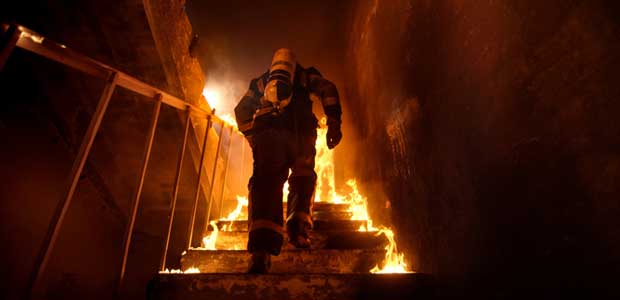
Fire Safety Should be a Priority In and outside of the Workplace
Safety is a system, and we all play a role.
- By Sydny Shepard
- Apr 01, 2022
In this publication, we speak often about the kinds of hazards that can impact a worker’s safety and health at work and what that can mean for their daily life. Fire safety, however, is something that an individual must be on high alert for all of the time, not just when they are in a workplace setting.
If there is ever a chance that a safety professional can provide resources to ensure an employees’ safety, they should take it. Sometimes that means addressing how to stay safe on and off the job.
Following some significant fires at residential facilities in Pennsylvania and New York earlier this year, I found it advantageous to sat down with the National Fire Protection Association’s President Jim Pauley to discuss the incidents and what safety professionals can learn from them. Pauley was very candid when asked about the fires in the North East.
“Whenever there is a loss of life or property, it is significant in the eyes of NFPA,” Pauley said. “On the heels of the Philadelphia and Bronx, New York fires, we saw yet another example of fire’s impact when three firefighters perished while fighting a fire in an abandoned rowhouse in Baltimore—representing the highest number of responders killed in one fire since 2016.”
Despite the fact that each fire is a significant event to Pauley and the NFPA, it has been made clear, by the response of the public, that these headlines are just a common occurrence and hold little significance. It seems no one is shocked anymore when they see the damage, destruction and loss of life.
“The greatest challenge that NFPA, other organizations, and the more than 27,000 fire departments in the U.S. have is overcoming the complacency that exists about fire among average citizens,” Pauley said. “In fact, the American Red Cross reported that private citizens think they are more likely to be struck by lightning than to have a home fire. Given this level of apathy and lack of knowledge, it is difficult to get the average person to accept that fire is a real threat and preventable, let alone to inform them about what to do in case of a fire.”
Therein lies one of the biggest issues when it comes to education and training of fire safety, right? Complacency. If the average citizen believes they are more likely struck by lightning than be involved in a fire, then the chances of them learning and becoming vigilant about fire safety is pretty low.
This article originally appeared in the April 2022 issue of Occupational Health & Safety.